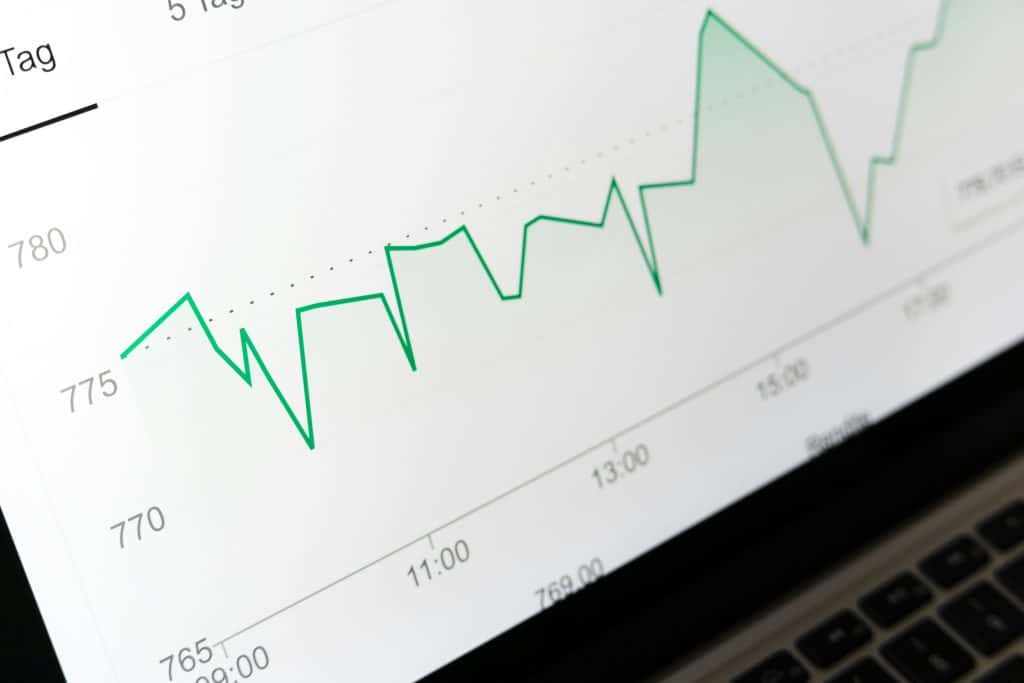How to Lower Your Cost Per Conversion (CPC)
While sellers would love to attract buyers for free, this often isn’t the case. Sellers must invest in advertising to defeat the competition and increase brand awareness.
While advertising offers those benefits, it’s still an expense. If a seller spends too much on ads, the investment won’t be worth it to their bottom line.
To ensure your advertising expenses are worth it, sellers can track metrics such as cost per conversion (CPC). This metric not only measures the profitability but also the efficiency of an ad campaign.
What Is Cost Per Conversion (CPC)?
Cost per conversion (CPC) is one of the most crucial advertising and ecommerce metrics. CPC measures the effectiveness of a campaign by the amount of money an advertiser spends on a sale or other desired action.
When a potential buyer clicks on an ad, the advertiser pays a fee. This advertising strategy is called pay-per-click (PPC).
While PPC is an affordable and standard advertising option, the costs can get excessive if you don’t follow a strict budget. CPC helps advertisers understand the average cost to earn a sale, optimizing campaign success and saving money.
While sellers can use Amazon Ads to track CPC, there’s also an easy formula to use.
How to Calculate Cost Per Conversion
The cost per conversion formula is easier to calculate than you would think. All you need to do is divide the cost of the ad campaign by the number of conversions.
Cost Per Conversion = Total Ad Costs / Number of Conversions
Why Measuring CPC is Important
Cost per conversion metric can help advertisers understand the financial impact of their campaigns as well as their efficiency. It’s a straightforward metric that compares the costs and gains of converting a potential buyer.
CPC also helps sellers set aside a satisfactory ad budget. They will understand the actual costs of acquiring a customer, so they don’t have to invest more than necessary.
Additionally, CPC can provide valuable insights into cost-effective ad strategies. For example, if sponsored products are more affordable and effective than display ads―which require a hefty investment―sellers can divert their efforts to creating higher-quality listings.
What is a Good Cost Per Conversion?
A good or bad cost per conversion depends on several factors, including your category, the prices you charge, profit margins, and your target audience.
For most sellers, as long as your CPC is lower than your profits, you’re in a good place. However, if your expenses exceed your earnings, you’ll want to reduce your advertising costs.

Cost Per Conversion vs Similar Metrics
CPC often gets confused with cost per acquisition (CPA) and return on ad spend (ROAS).
CPA is the amount it costs to acquire one new paying customer. However, the main difference lies in the costs that are measured. CPC is an advertising metric, while CPA combines all marketing costs, including organic campaigns.
ROAS is how much you earn from every dollar you spend on advertising, not how much money you earn from prospects you converted. The ROAS formula is also different: you divide the revenue you earned by the amount you spent on a campaign.
Tips to Reduce CPC
Did you calculate the cost per conversion and realize it’s too high? Fortunately, there are several ways to reduce your CPC. Here are the three most important ones:
Optimize Your Product or Landing Page
Instead of putting more money and effort into your ads, focus on your landing page. A well-designed landing page, which includes Amazon product listings, can result in increased conversions on its own.
If you’re sponsoring your product listings, you’ll need to ensure your descriptions align with your ad copy. Offer more to enhance the user experience, such as visually appealing elements and detailed bullet points.
Audit Keywords
If you’re investing in search ads, audit every keyword you’re using. Find the keywords that have offered the highest and lowest conversions.
Optimize your future campaigns for the best-performing keywords, ensuring that a significant portion of your budget is allocated to them. Use low-performing search terms as negative keywords to prevent wasting additional funds.
Segment Your Audience
Categorize your audience by factors such as demographics and geographic targeting, and tailor your ad strategy to each group. This way, your ads are only shown to the audience members most likely to convert.

Improve Ad Quality
High-quality ads can make or break your profitability, primarily when investing in display ads. Use compelling visuals and well-written copy that aligns with your buyer’s wants and needs.
Bid on relevant search terms and include them in your ad copy. It’s also recommended to use these same keywords in your product listings to boost search engine results; that way, you can increase your visibility.
It’s also important to know which ad qualities are converting prospects. The best way to do this is by conducting A/B testing. Test various aspects of your ads, such as the copy, headlines, images, and product descriptions.
Use Automated Bidding
If you’re not automating your bidding, you’re missing a massive opportunity. Automation is not only more efficient but can result in serious savings. Additionally, you can tailor most automation platforms to align with specific goals, such as maximizing conversions.
Cost Per Conversion FAQs
Which costs should I consider when calculating CPC?
You should include all expenses related to advertising, including PPC costs, as well as any expenditures on ad copy and media.
Why is my CPC high?
Common reasons for a high CPC include expensive bids, investing in too many or costly keywords, and spending too much on advertising for low-priced products.
What should I do if I have a good CPC on Amazon but a poor one on another marketplace, such as Walmart or Etsy?
This can boil down to many factors. You may have a bigger audience on Amazon compared to Walmart or Etsy. Your ads or product listings may also vary between each platform. If that’s the case, try to make your Walmart and Etsy listings as similar to Amazon’s as you can.
What’s a good conversion rate?
Conversion rates vary significantly between businesses. Generally, a 10% conversion rate is healthy. However, even a conversion rate as low as 7% can be a good average.
Are You Still Struggling With a Bad Cost Per Conversion?
Advertising is one of the most effective ways to attract new buyers and engage existing ones. But your efforts will fail if you’re spending too much on your ad campaign. Tracking metrics, such as cost per conversion, is essential for keeping ad costs down while boosting sales.
Have you started tracking your CPC and noticed that your expenses are high? We can help you craft an Amazon ad campaign to boost revenue while keeping costs under control.
Author
 Stephanie Jensen has been writing ecommerce content for seven years, and her copy has helped numerous stores rank on Amazon. Follow her on LinkedIn for more insight into freelance writing and creating high-quality content.
Stephanie Jensen has been writing ecommerce content for seven years, and her copy has helped numerous stores rank on Amazon. Follow her on LinkedIn for more insight into freelance writing and creating high-quality content.
The post How to Lower Your Cost Per Conversion (CPC) appeared first on AMZ Advisers.



